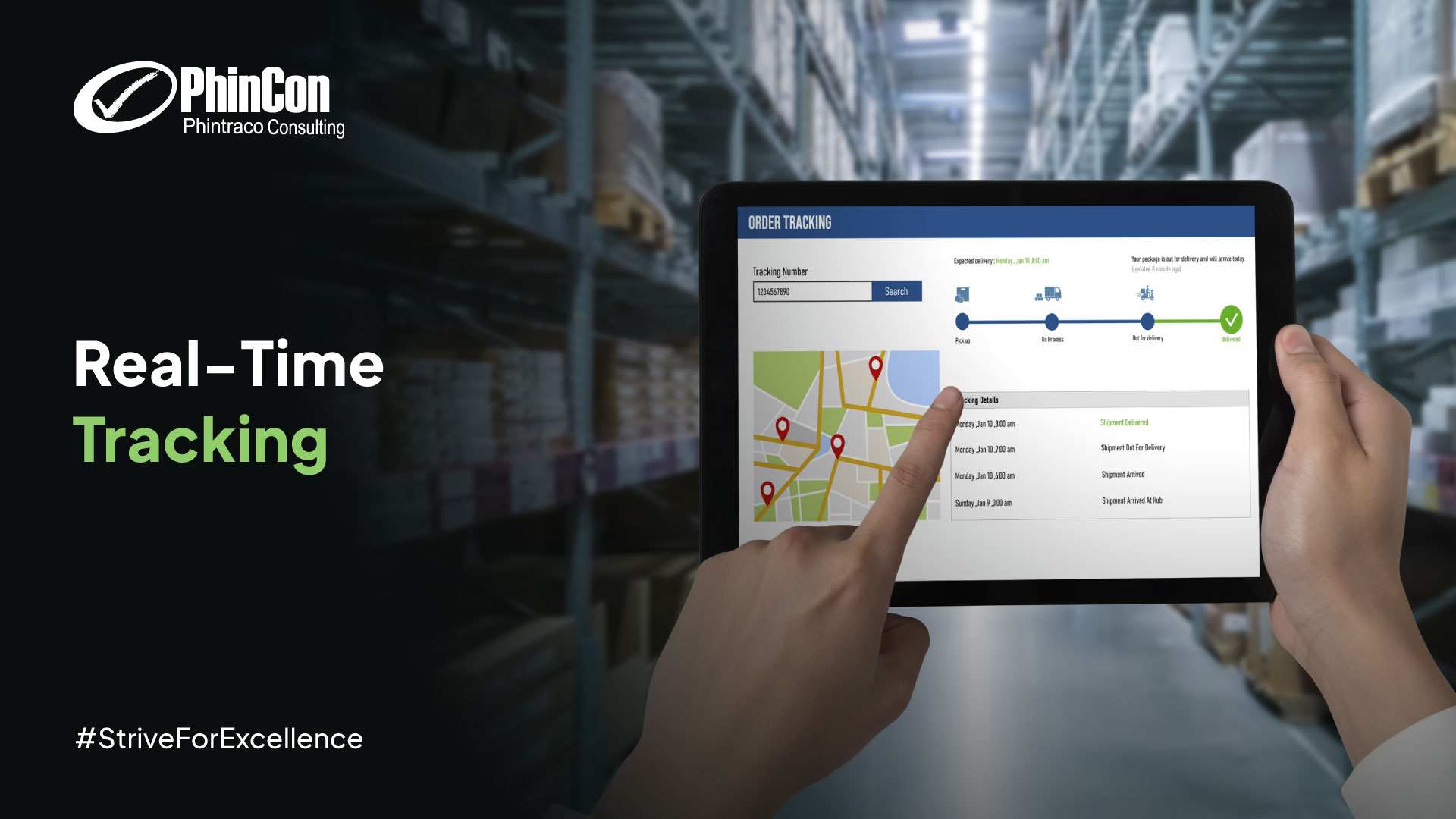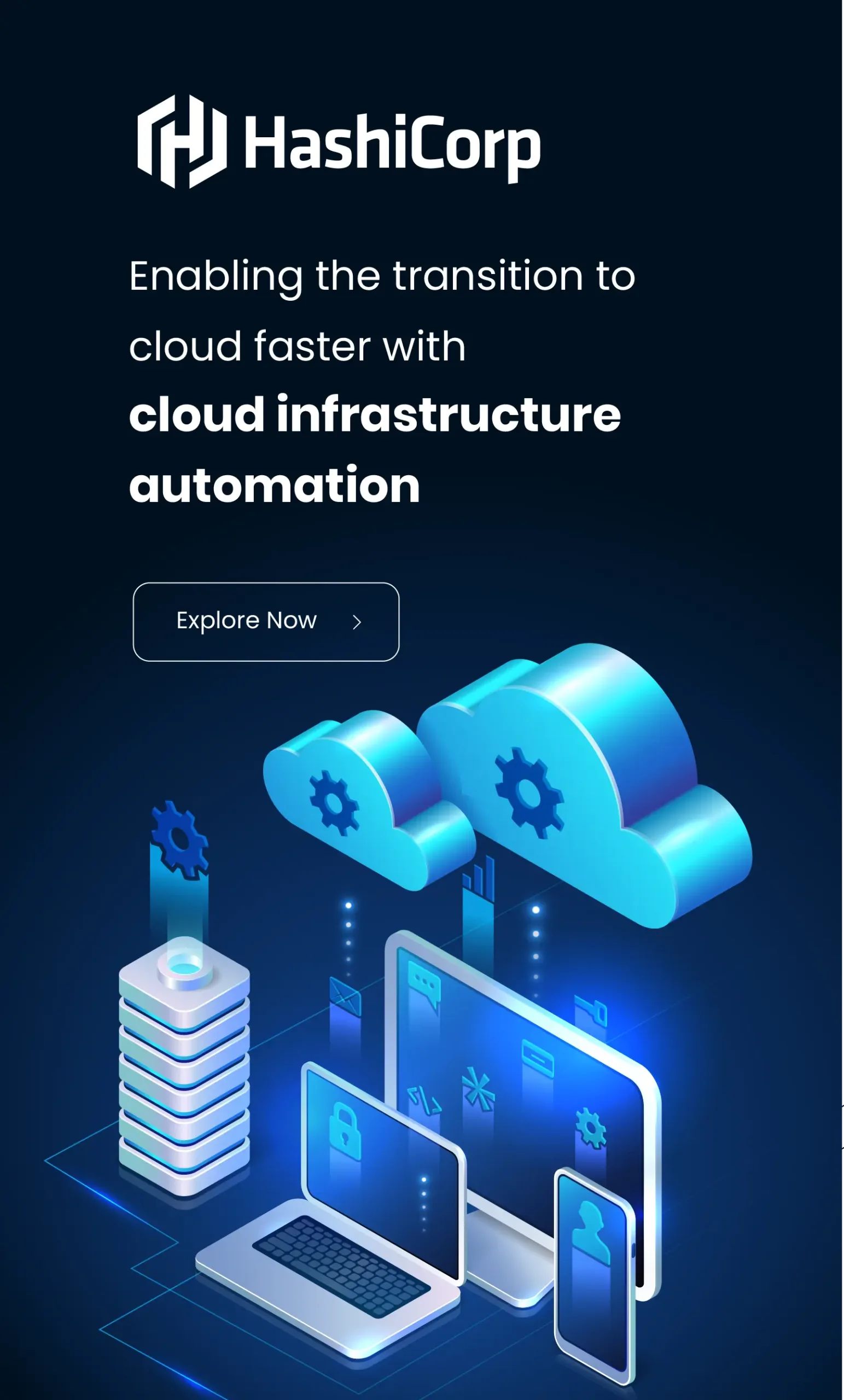Blog and News

Real Time Tracking: Enhance Visibility and Control in Logistics
The rise of e-commerce has made online shopping the go-to choice for millions of customers worldwide. With just a few clicks on their phones, customers can get their goods without having to physically visit the store. Nowadays, customers not only expect quick deliveries but also constant visibility over their orders, from the moment the package leaves the seller until it reaches their doorstep. Real-time tracking becomes a crucial innovation in modern logistics to meet these expectations.
Real-time tracking benefits customers and companies, improving efficiency, minimizing delivery errors, and ensuring smoother operations. This article will explore real-time tracking, how it works, and its benefits and challenges.
What is a Real-Time Tracking System in Logistics?
Real-time tracking in logistics is a method to continuously monitor and provide live updates on the location and status of shipments, vehicles, or goods as they move through the supply chain. It occurs at any moment using modern technologies like GPS, RFID, IoT devices, and cloud computing software. This gives logistics operators full visibility, optimizes routes, and responds quickly to delays or disruptions. Real-time tracking also provides customers with accurate delivery information of their shipped goods. Real-time tracking is important to improve logistical efficiency, resource allocation, customer satisfaction, and operational transparency.
How Does Real-Time Tracking Work?
Real-time tracking utilizes a combination of technologies and systems that simultaneously collect, transmit, and analyze data about shipments and vehicles’ location, condition, and status. The process is as follows:
- Data Collection via Sensors and Devices: GPS devices are attached to vehicles or shipments to provide exact location data. RFID tags and IoT sensors are also used to collect detailed information, such as movement, temperature, humidity, and vehicle status. These devices will collect data continuously during transit.
- Data Transmission: The devices transmit collected data in real-time through cellular networks, satellite communication, Wi-Fi, or other wireless technologies. This constant data flow ensures up-to-date information is available.
- Data Integration and Analysis: The transmitted data is processed and integrated into centralized platforms, such as cloud-based logistics management systems or warehouse management software. Advanced data analytics, including AI and machine learning, analyze the data to provide insights such as estimated arrival times and anticipate delays.
- User Interface and Alerts: Logistics managers, drivers, and customers access tracking information through dashboards, mobile apps, or portals. Real-time alerts notify stakeholders of delays, route deviations, or conditions requiring immediate attention.
Why is Real-Time Tracking Important?
Technology like real-time tracking has become a game-changer in modern logistics. Businesses need systems that provide constant visibility into the moving goods and their operations. This is where real-time tracking proves invaluable. Here are some reasons why real-time tracking is crucial in today’s logistics operations:
Enhancing Efficiency and Route Optimization
Real-time tracking enables logistics companies to monitor the exact location of shipments and delivery personnel. It optimizes delivery routes by avoiding traffic congestion, construction, or unforeseen delays, leading to shorter delivery times and reduced fuel consumption. By analyzing traffic patterns and planning efficient routes in real time, logistics companies can boost productivity and operational efficiency.
Minimizing Delays and Disruptions
With real-time insights, logistics operations can identify potential issues before they cause major delays, such as adverse weather or traffic incidents. This proactive approach helps shipments be rerouted or schedules adjusted quickly, reducing downtime and ensuring timely delivery. This real-time visibility can cut delays significantly, enhancing overall shipment reliability.
Improving Customer Satisfaction
Customers today expect transparency and up-to-date information about their deliveries. Real-time insights provide customers with live updates about the status and location of their packages, reducing anxiety and building trust. Clear communication about estimated arrival times or delays improves customer satisfaction and enhances brand reputation.
Better Inventory and Supply Chain Management
Real-time tracking provides accurate data on goods in transit and warehouse stock, which helps optimize inventory management. Businesses can reduce excess stock, avoid stockouts, and improve demand forecasting. This leads to cost savings by minimizing storage needs and waste while ensuring products are available when needed.
Challenges of Real-Time Tracking in Logistics
While the benefits of real-time tracking are clear, implementing them in logistics is not without obstacles. Companies often face technical, operational, and financial problems that slow implementation. Understanding these challenges is essential to ensure logistics processes deliver optimum value in daily operations.
- High Infrastructure Costs: Implementing real-time tracking requires advanced technologies, including GPS-enabled devices, compatible software, and robust systems, to process and display tracking data. This can be costly for companies, especially for smaller companies.
- Complex Data Integration: Real-time tracking generates massive data that must be collected, processed, and analyzed. Integrating this data with the company’s legacy systems, like inventory and CRM, can be difficult and cause workflow inefficiencies.
- Connectivity Issues: Real-time tracking requires reliable internet and GPS signals to make it work. Factors like remote areas and network outages can disrupt data accuracy and tracking reliability.
- Employee Resistance and Training Challenges: Many employees may find these new systems too complex and resist adopting them. Successful implementation requires effective communication and comprehensive training to every party involved, from employees to managers and higher-ups.
- Customer Expectations and Trust: Customers expect instant and accurate shipment updates. Failure to meet these expectations damages trust and satisfaction, leading to higher customer churn and negative brand reputation.
PhinCon: Your Partner in Implementing Real-Time Tracking Efficiently
Real-time tracking has become an important tool for logistics companies to maintain efficiency, visibility, and customer satisfaction. Having the right partner makes all the difference for foreign companies expanding into Indonesia or seeking remote IT talent. PhinCon Pte Ltd, with IT outsourcing solutions, connects companies with experienced Indonesian IT talents across various roles and levels tailored to your business needs. Our IT roles include Android Developer, iOS Developer, Fullstack Developer, Golang Developer, Mobile Developer, Quality Assurance, DevOps, Business Analyst, Solution Architect, Project Manager, L2 Operation Support, and more.
Our IT outsourcing solutions cover everything from BPO solutions to IT talent acquisition, allowing companies to scale operations efficiently while we handle payroll, benefits, and tax administration. By leveraging PhinCon’s established infrastructure and skilled IT workforce, you can implement real-time tracking technology hassle-free and efficiently. For more information regarding our IT outsourcing solutions, contact us through email sales.sg@phincon.com.
Editor: Trie Ayu Feminin & Irnadia Fardila
Popular Posts





